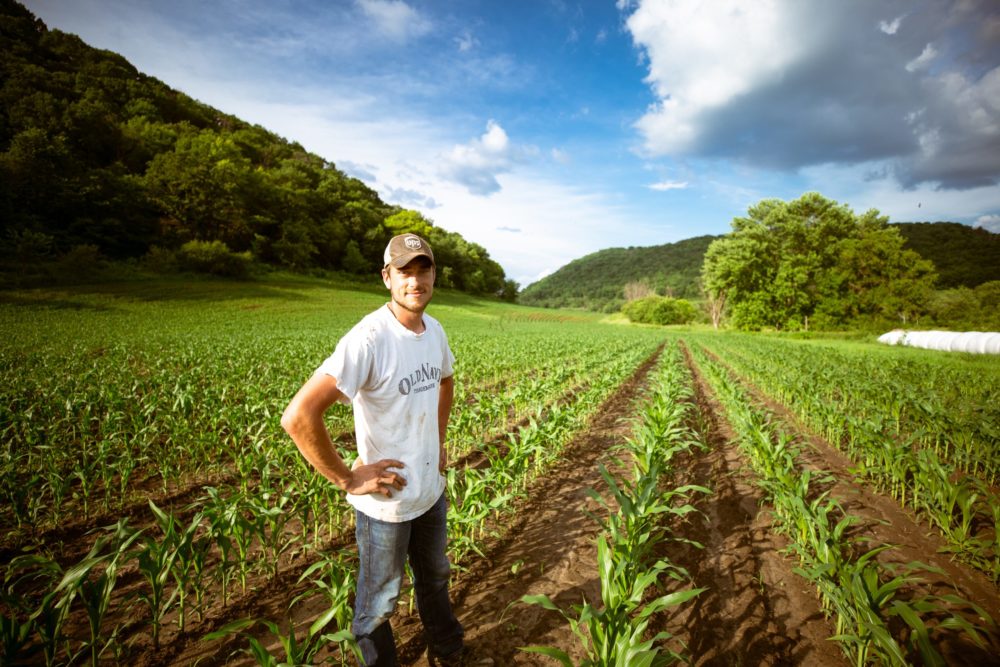It is rare to see young farmers in Japan. In Yamamoto-cho, an area known for its perfect climate, only one third of the people are under the age of 30. In contrast, the average age of a farmer in Japan is 67. While this is a significant percentage of the population, it remains an unsustainable rate. For these reasons, the government has launched a number of programs to help young people get their feet wet in farming.
A study done in Scotland found that the majority of farm owners had no children. Despite the fact that many of the country’s young farmers do not have a farm background, it is still important to have them around in case of emergencies. The next generation of farmers might be the only ones to continue the family’s farming tradition. This could be a problem, but technology could help fill the gap. The future of farming may depend on this influx of young people.
The number of young farmers is increasing
Between 2012 and 2017, there were more than 1.3 million young people working on farms. The number of young people engaged in agriculture increased by 11 percent. To address this trend, the National Farmers Union established the Beginning Farmer Institute program. This educational program helps budding agricultural professionals gain the necessary skills to run a family farm. In addition, it provides access to expensive land, which is not always affordable. In this way, more people become farmers.

The number of young farmers is growing. From 2012 to 2017, the number of young people actively engaged in farming rose by 11 percent. The numbers are even higher today. The government has a number of programs to help young farmers enter the field. The Delaware Young Farmer Loan Program has awarded more than $7.3 million in loans to 34 new entrants. The average loan was for 50 percent of the cost of land. With the increasing number of young people interested in farming, the National Farmers Union has launched a program that provides agricultural leadership training.
The U.S. Census of Agriculture has reported that the number of young farmers has increased by 34% in the past two years. The majority of them are first-generation farmers and hold college degrees. In 2017, beginning farmers represented 27 percent of all U.S. producers. In this way, there is a high degree of diversity in the sector. Those with farm businesses often face multiple challenges. However, they are able to grow their crops in the best conditions, and they can even sell them without much trouble.
The number of young farmers has been rising in recent years, according to the U.S. Census of Agriculture. According to the 2017 National Young Farmers Coalition survey, most of these beginning farmers are college graduates and first-generation farmers. The U.S. Census of Agriculture shows that beginning farmers now represent a quarter of all producers. These numbers are encouraging, because they are a growing segment of the economy and the workforce. Fortunately, the growth of the sector is being matched by the increase in the number of young farmers, resulting in more jobs and better quality of life.

